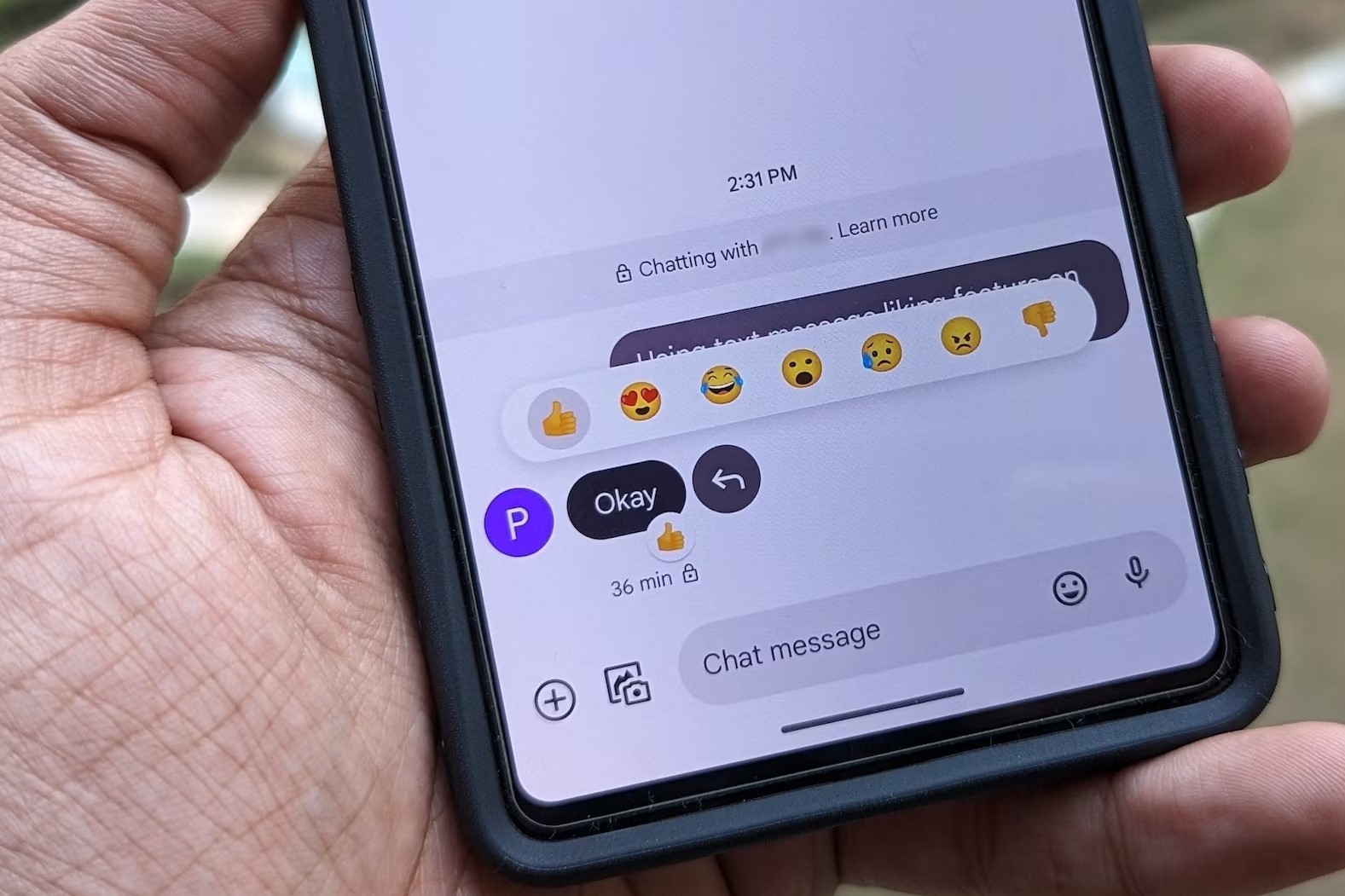Why Save Text Messages to SIM Card
There are several reasons why you might want to save text messages to your SIM card on your Android device. Here are a few compelling reasons:
- Backup and Security: Storing text messages on your SIM card provides an additional layer of backup and security. If your phone is lost, stolen, or damaged, having messages saved on your SIM card ensures that you won’t lose important conversations and information.
- Transferability: Saving text messages to your SIM card allows for easy transfer of messages to a new phone. When you upgrade to a new device, you can simply transfer the SIM card to the new phone and access your messages without the need for complex data transfer processes.
- Storage Management: By saving messages to your SIM card, you can free up space on your device’s internal storage. This can be particularly useful if you have a large volume of messages or if your device’s storage capacity is limited.
- Independence from Phone: Storing messages on the SIM card allows you to access them without relying on your phone. If your phone malfunctions, you can insert the SIM card into another compatible device and access your messages immediately.
These reasons illustrate the practical benefits of saving text messages to your SIM card on an Android device. It’s a proactive measure that can safeguard your valuable communication data and provide convenience in managing your messages.
How to Save Text Messages to SIM Card on Android
Saving text messages to your SIM card on an Android device is a straightforward process. Here’s a simple guide to help you accomplish this:
- Access Messaging App: Open the messaging app on your Android device where the text messages you want to save are located.
- Select Messages: Choose the specific text messages or conversations that you wish to save to your SIM card.
- Options Menu: Once the desired messages are selected, tap on the options menu within the messaging app. This is typically represented by three vertical dots or lines in the app interface.
- Save to SIM Card: In the options menu, look for the “Save to SIM Card” or similar option. Tap on this feature to initiate the process of saving the selected messages to your SIM card.
- Confirmation: Depending on the Android device and messaging app, you may receive a confirmation prompt indicating that the messages have been successfully saved to the SIM card.
It’s important to note that the process of saving text messages to the SIM card may vary slightly based on the specific Android device and messaging app you are using. Therefore, it’s recommended to refer to the device’s user manual or online support resources for detailed instructions tailored to your device model.
Following these steps can help you effectively save your important text messages to the SIM card on your Android device, providing an additional layer of security and accessibility for your communication data.
Benefits of Saving Text Messages to SIM Card
There are several notable benefits associated with saving text messages to the SIM card on your Android device. Understanding these advantages can help you appreciate the value of utilizing this feature:
- Data Backup: By saving text messages to the SIM card, you create an additional backup of your important communication data. This ensures that even if your phone is lost, stolen, or damaged, your messages remain secure and accessible.
- Device Transfer: When upgrading to a new phone, having messages saved on the SIM card simplifies the transition process. You can easily transfer the SIM card to the new device, allowing for seamless access to your archived messages without the need for complex data transfer procedures.
- Storage Optimization: Saving messages to the SIM card helps optimize the storage space on your Android device. This can be particularly beneficial if you frequently receive a high volume of messages, as it prevents the internal storage from becoming overloaded.
- Device Independence: Storing messages on the SIM card provides the flexibility to access them on another compatible device. In the event of a phone malfunction, you can simply insert the SIM card into a different device and retrieve your messages without dependency on the original phone.
- Security and Privacy: The SIM card’s secure nature provides an added layer of privacy and security for your saved messages. This can be especially advantageous for safeguarding sensitive or confidential conversations.
These benefits underscore the practical advantages of utilizing the SIM card as a storage medium for your text messages on an Android device. By leveraging this feature, you can enhance the security, accessibility, and organization of your communication data.
Limitations of Saving Text Messages to SIM Card
While saving text messages to the SIM card on your Android device offers various benefits, it’s important to be aware of the limitations associated with this storage method. Understanding these constraints can help you make informed decisions regarding the management of your communication data:
- Storage Capacity: SIM cards have limited storage capacity compared to the internal memory of modern smartphones. This can restrict the amount of text messages that can be saved, potentially leading to insufficient space for extensive message archives.
- Message Format Compatibility: The format and structure of text messages saved to the SIM card may not be universally compatible with all devices or messaging apps. This can result in potential formatting issues when accessing messages on different platforms.
- Media and Attachments: SIM cards typically do not support the storage of multimedia content or attachments commonly found in modern text message conversations. As a result, messages containing media files may not be fully preserved when saved to the SIM card.
- Security Risks: SIM cards are susceptible to physical damage, loss, or theft. In such instances, the saved text messages on the SIM card may be compromised, emphasizing the importance of additional backup methods for critical communication data.
- Compatibility with Advanced Features: Some advanced messaging features and functionalities may not be fully supported when messages are saved to the SIM card. This can limit the seamless integration of certain messaging capabilities across devices.
These limitations highlight the considerations and potential drawbacks associated with relying solely on the SIM card for storing text messages on an Android device. While the SIM card serves as a convenient backup solution, it’s essential to assess its limitations in relation to your specific messaging needs and preferences.
Tips for Managing Text Messages on SIM Card
Effectively managing text messages on the SIM card of your Android device is essential for optimizing storage, accessibility, and security. Consider the following tips to streamline the management of your communication data:
- Regular Backup: Create a habit of regularly backing up your text messages from the SIM card to alternative storage solutions, such as cloud services or external storage devices. This proactive approach ensures redundancy and minimizes the risk of data loss.
- Message Organization: Periodically review and organize your saved messages on the SIM card. Deleting irrelevant or outdated conversations can help free up space and maintain a well-organized message archive.
- Storage Monitoring: Keep track of the available storage space on the SIM card to prevent reaching capacity limits. This proactive monitoring allows you to address potential storage constraints before they impact the functionality of the SIM card.
- Selective Saving: Prioritize the saving of essential and meaningful text messages to the SIM card. Rather than storing every message, selectively choose conversations that hold significant importance for backup purposes.
- Security Measures: Implement security measures, such as enabling PIN protection for the SIM card, to safeguard the saved text messages from unauthorized access in the event of SIM card removal or theft.
- Migration Planning: When transitioning to a new device, plan the migration of text messages from the SIM card in advance. Ensure compatibility and seamless transfer of messages to the new device to maintain continuity in communication records.
By incorporating these tips into your approach to managing text messages on the SIM card, you can enhance the efficiency and resilience of your communication data storage. Proactive management and strategic decision-making contribute to a robust and organized message archive, ensuring that your valuable conversations remain secure and accessible.


